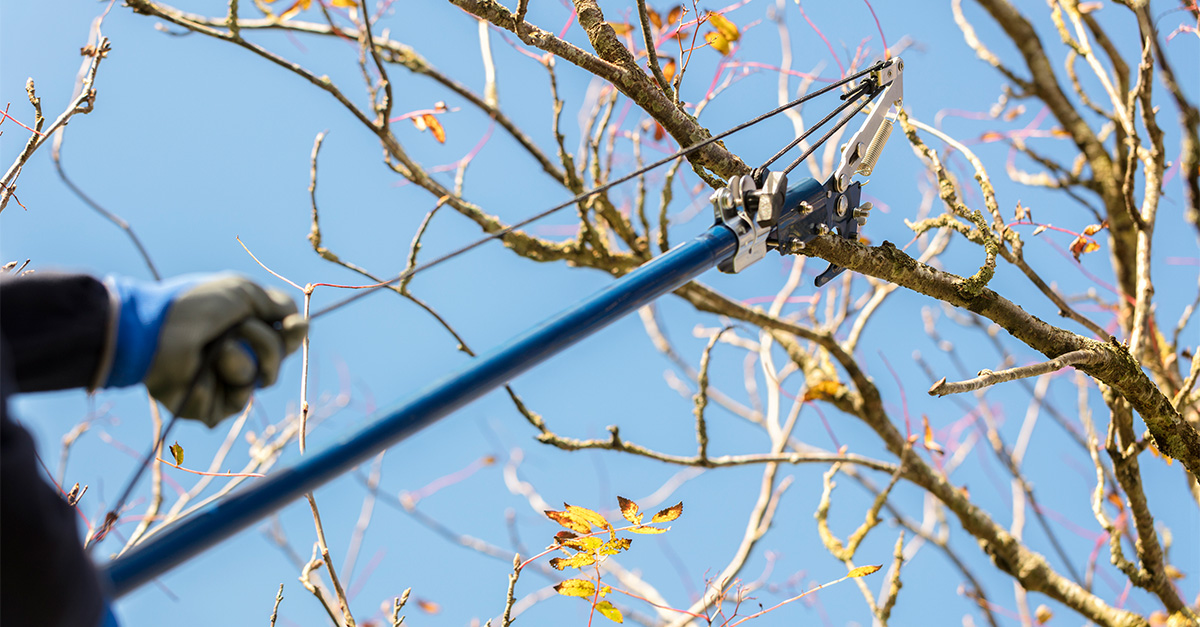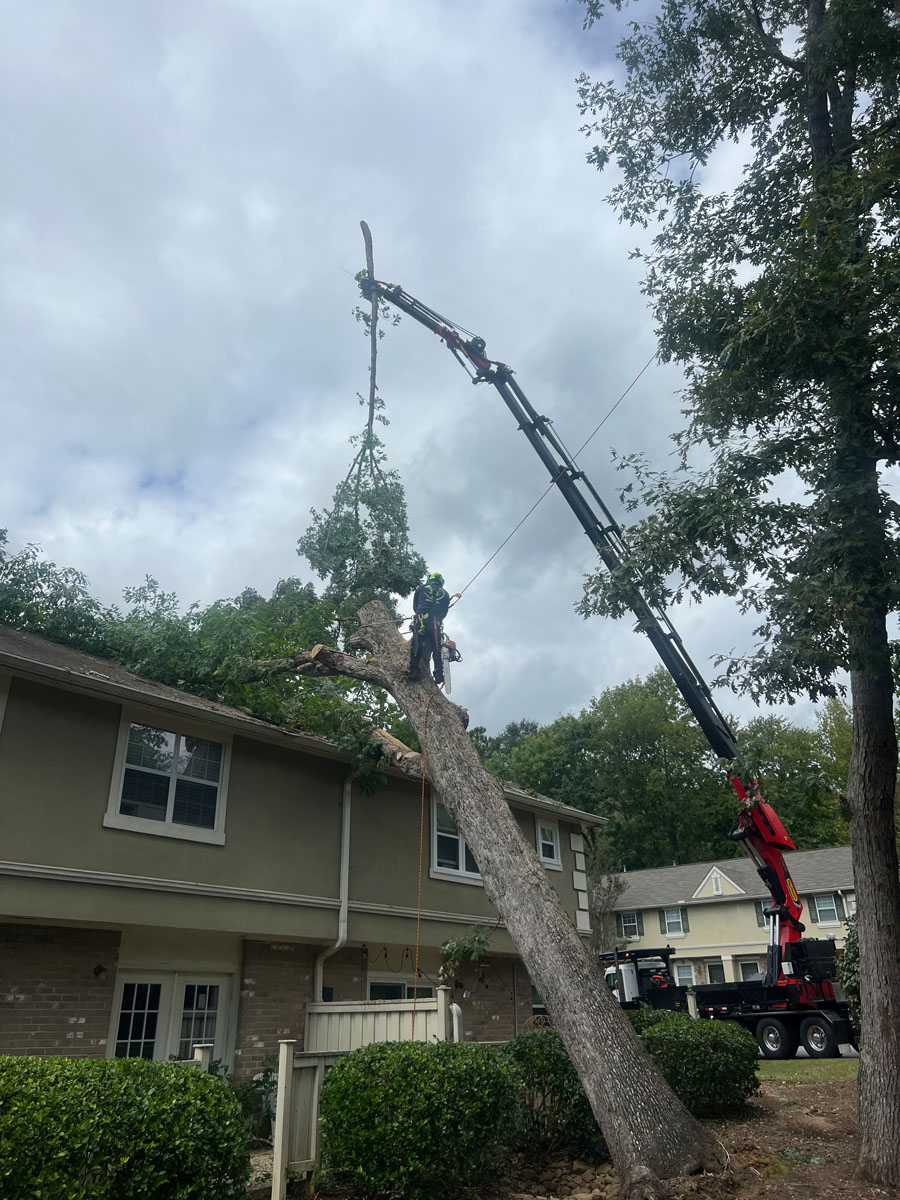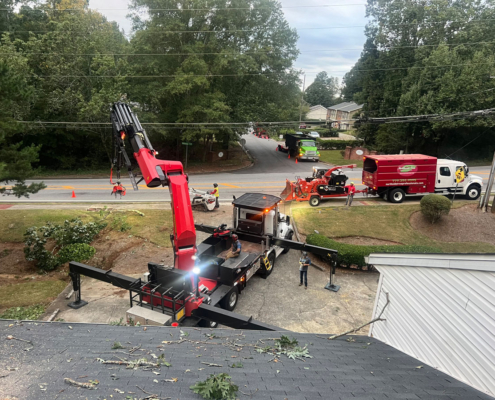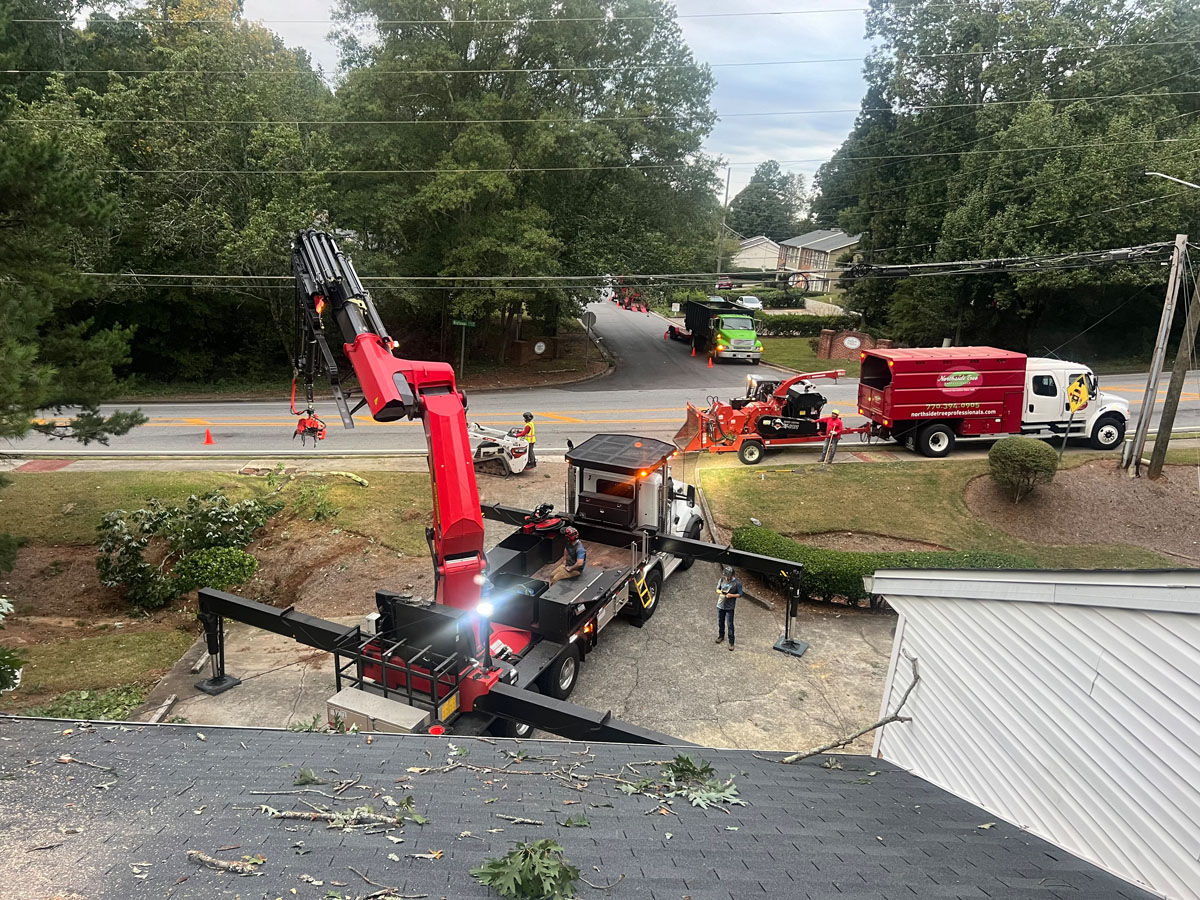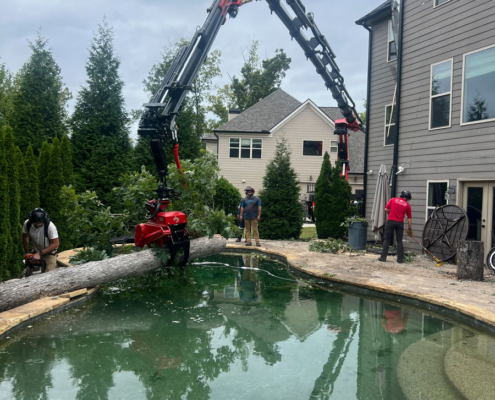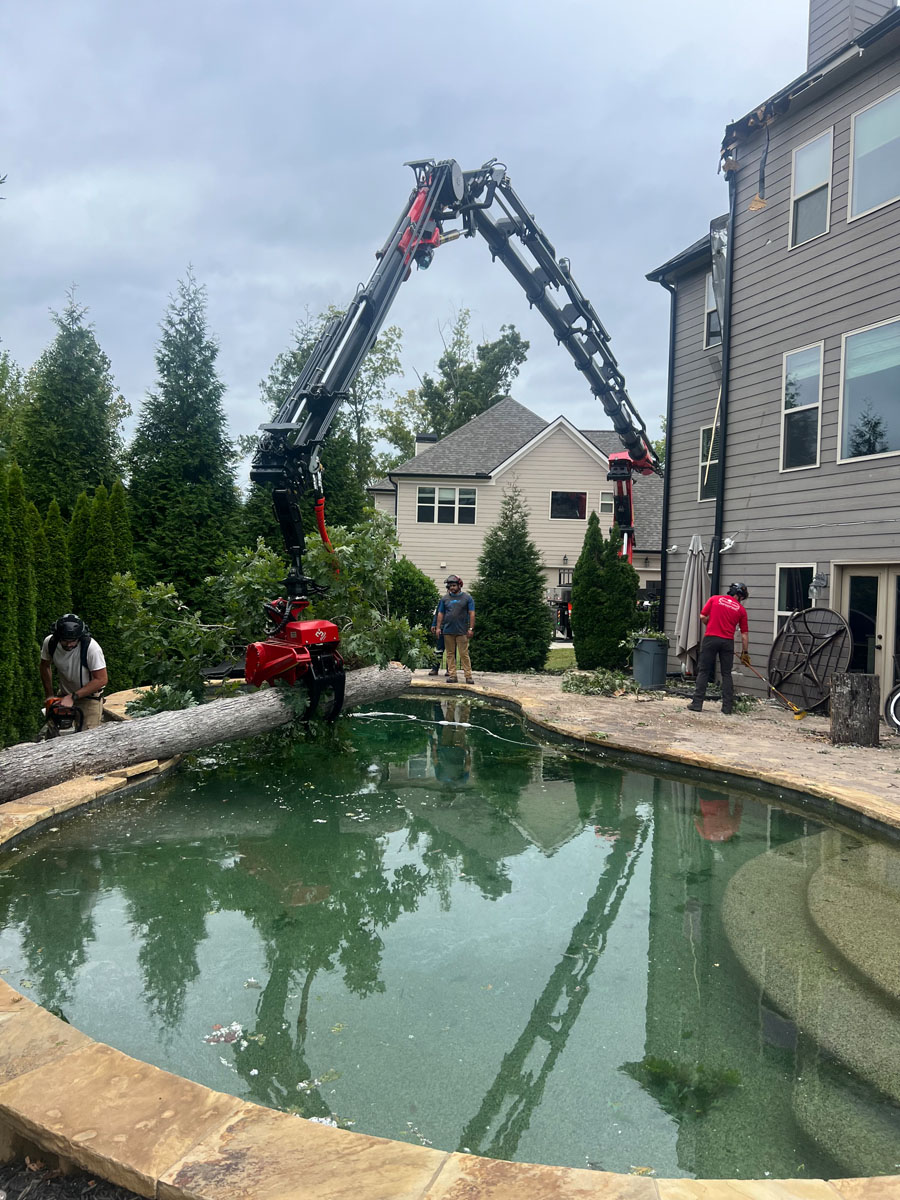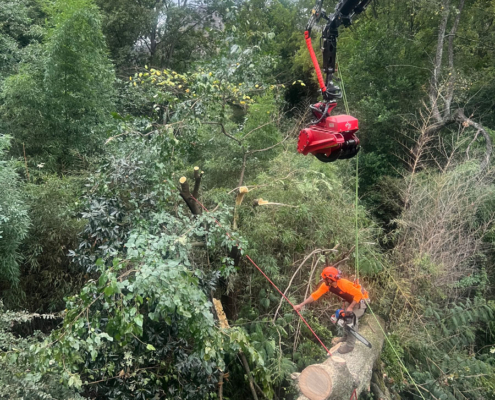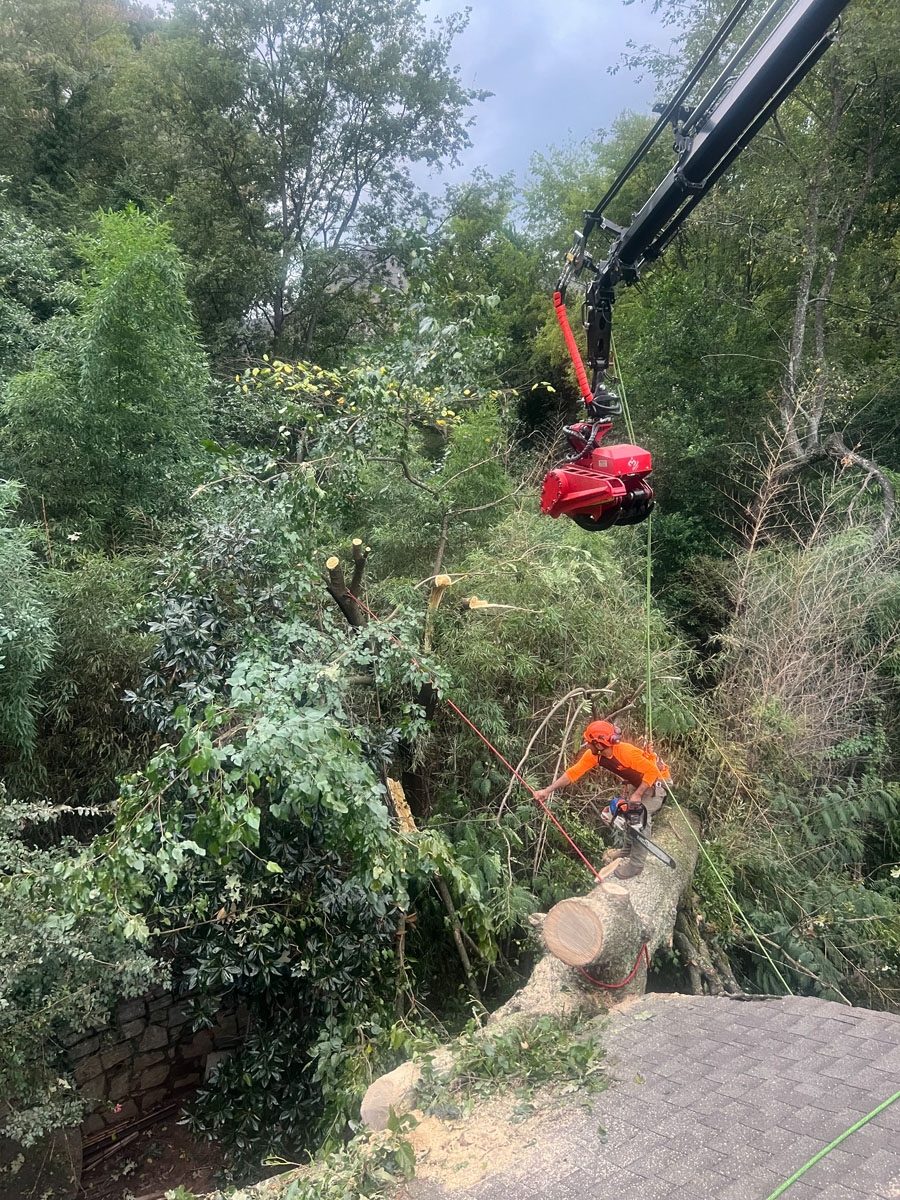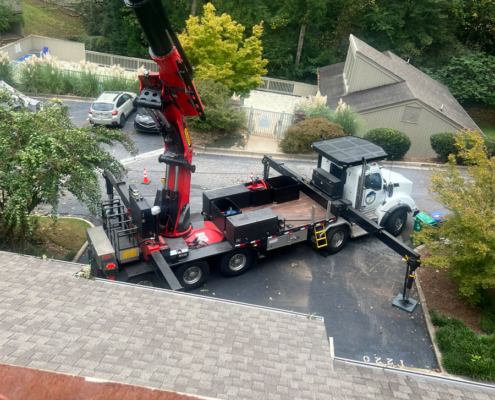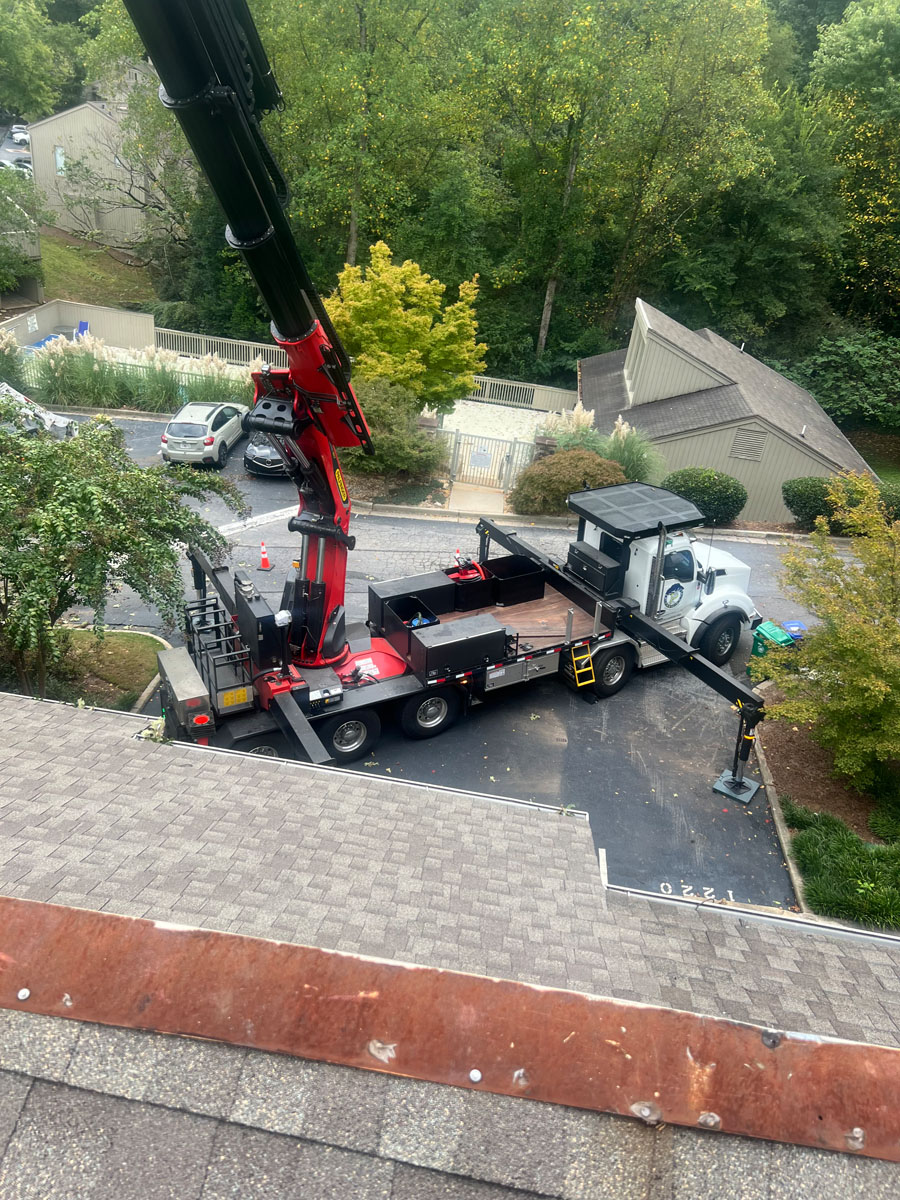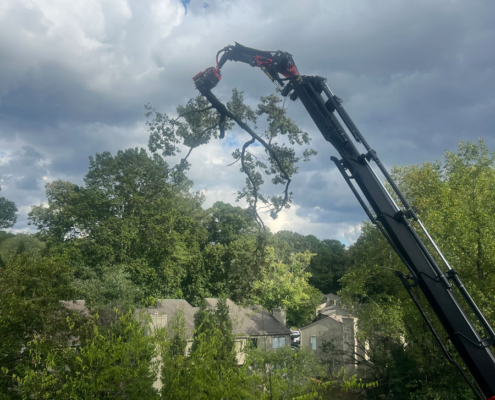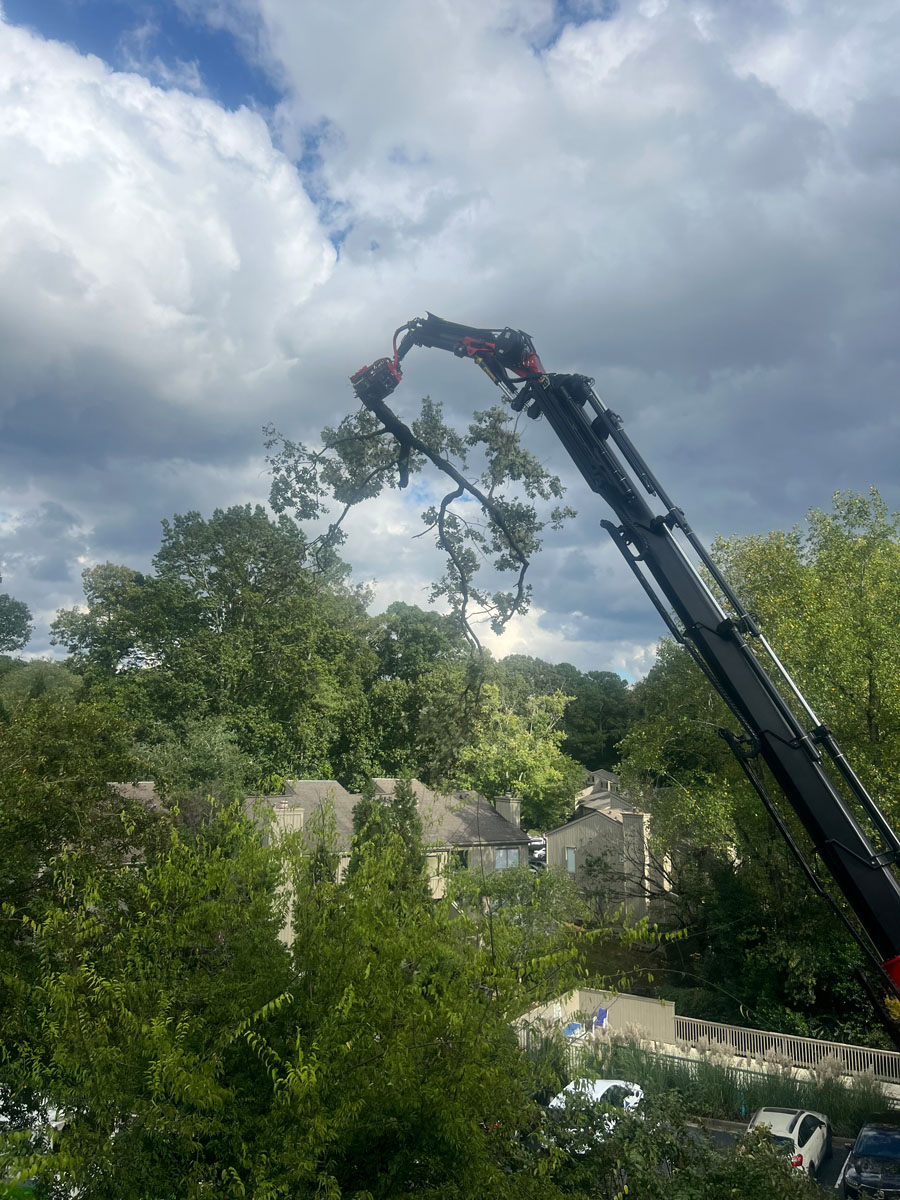When Autumn Is the Best Time to Trim and Prune Your Trees
When is the best time to prune your trees? It’s a question we encounter often, and it’s even been the subject of blog posts past. And though past advice may seem contradictory to this season, read on, because — as with many topics tree-related — there’s no single, one-size-fits-all answer.
In some cases, early spring can indeed be an ideal time for pruning, as it can encourage healthy growth throughout the summer. But when it comes to certain tree species, autumn trimming and pruning may be the better option.
Here’s a closer look at when fall trimming and pruning will work best for your trees.
Why Prune or Trim Your Trees in the Fall?
Pruning in late autumn has several benefits. For one, you’re better able to see branches when they’re bare, so waiting until after leaf drop may lead to more precise cuts. It’s also just easier: without thick foliage in the way, you’ll have less working against you as you position your shears.
Another important reason to consider fall pruning is to keep your property safe throughout the coming winter. If there are any large branches that are at risk of falling, the extra weight of snow and ice could be enough to send them crashing down. But even for smaller trees and shrubs, winter precipitation can bend and snap branches. Evergreens like junipers and arborvitae are the most vulnerable to winter weather, while deciduous trees like silver maples are also at risk because their wood isn’t as strong as other species.
Which Trees Benefit from Fall Pruning?
Deciduous trees shed their leaves in the fall, so pruning them this season is ideal for controlling their size, promoting growth, improving safety, and maintaining their overall vitality. Pruning earlier in the year presents a risk of delayed wound closure, since the pathogens that could be present on the tree may interfere with the healing process. But by late fall, these pathogens have typically died off. Waiting until winter could work too, but beware of the “bleed:” species like maples are known for weeping when their branches are cut, which can get messy.
Some deciduous trees native to Georgia that you might consider pruning in the fall include:
- Maples
- Birch
- Flowering dogwoods
- Ash
- Sweetgum
- Sassafras
- Magnolia
This list isn’t exhaustive, so be sure to consult with one of our arborists if you’re unsure whether your trees and shrubs could benefit from a fall trim.
Tips for Pruning & Trimming Your Trees This Fall
While the words “trimming” and “pruning” are often used interchangeably, they’re actually two different activities. Pruning is the practice of removing dead or damaged parts to promote a plant’s health, while trimming is typically done to manage a plant’s appearance or size. You can certainly do both at the same time on small shrubs and low-lying branches, so long as you do so with care. Be sure to cut above any new growth — but not too close that you risk damaging it — at a 45-degree angle. Cut back any weak growth to also improve air circulation and thin out problem branches.
Schedule Your Seasonal Tree Pruning with Premier Tree Solutions
If this sounds tricky or you’re unsure how to tell which branches should be trimmed and where, eliminate the guesswork and enlist the help of Premier Tree Solutions. In addition to hand pruning your trees, shrubs, and bushes with precision, we’ll also tackle your taller trees with our specialty trimming and pruning services and equipment. Request a free assessment by sending us a message online or by calling 404.252.6448.

